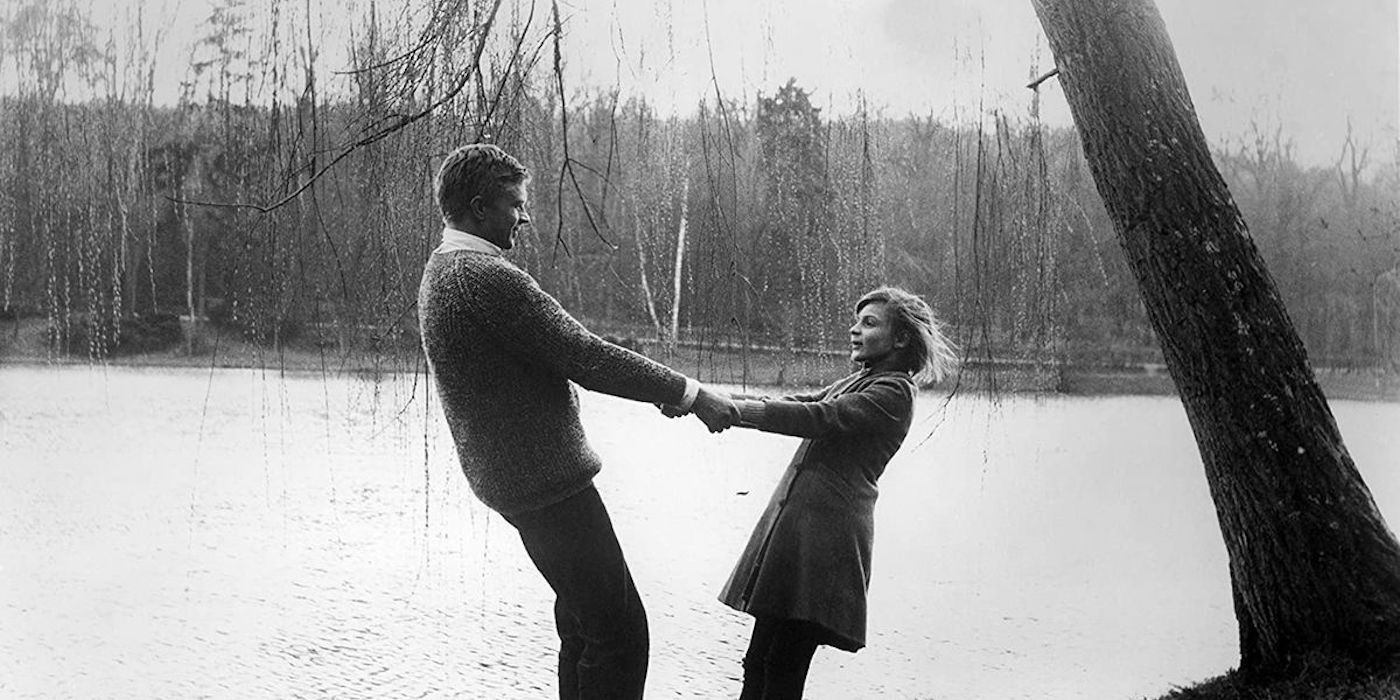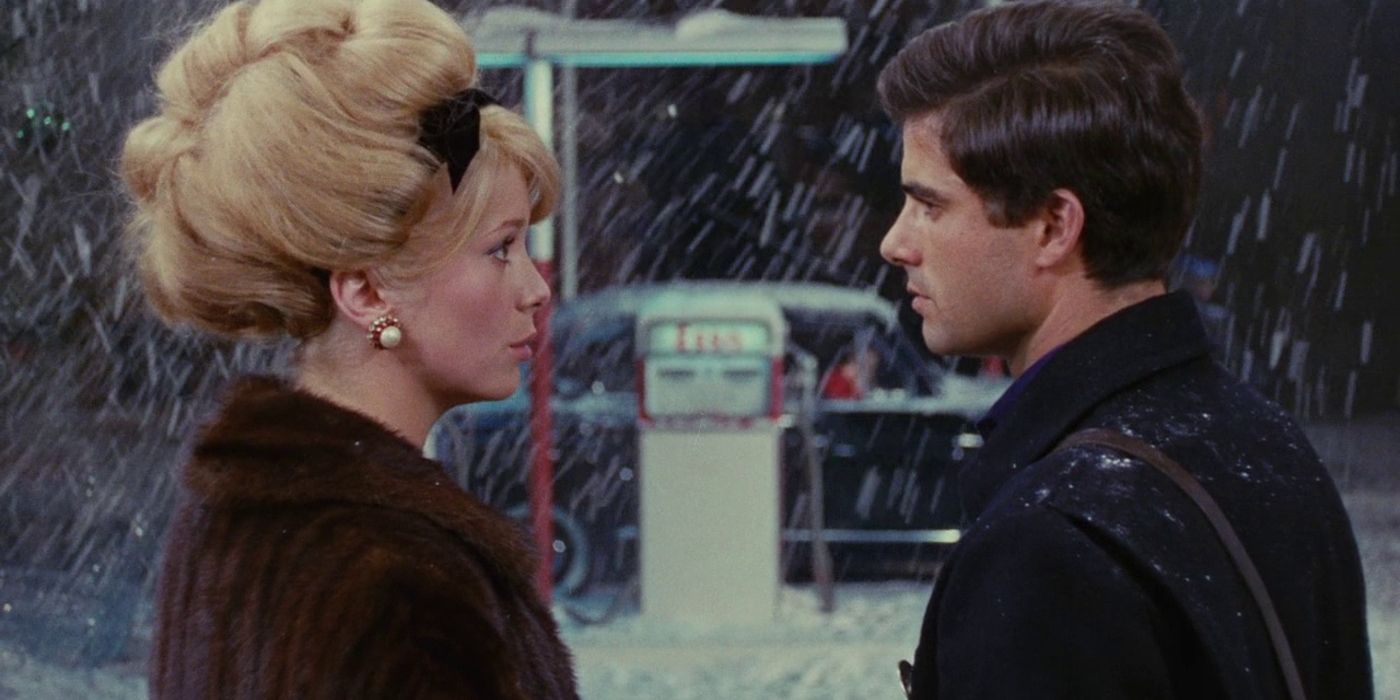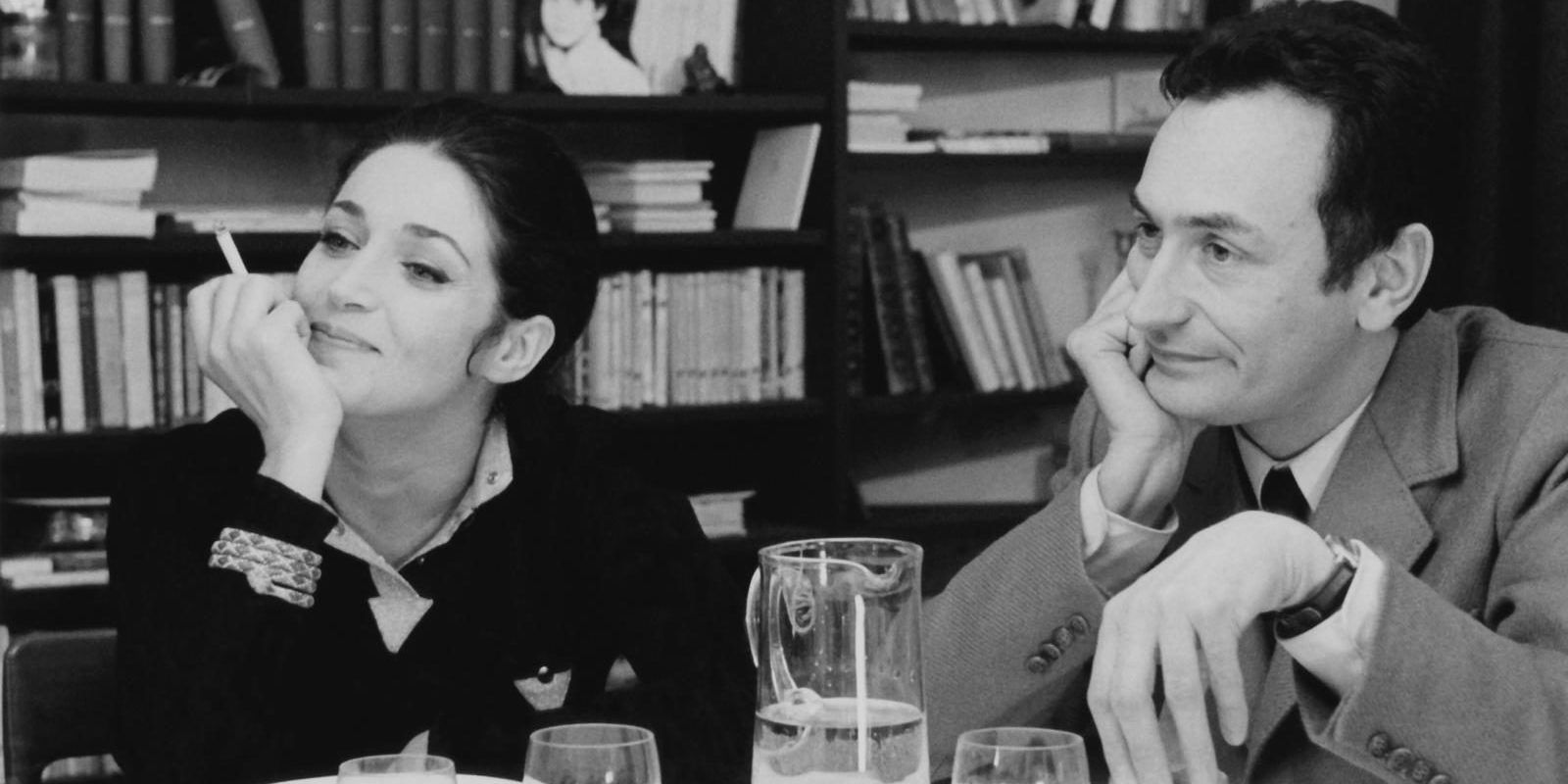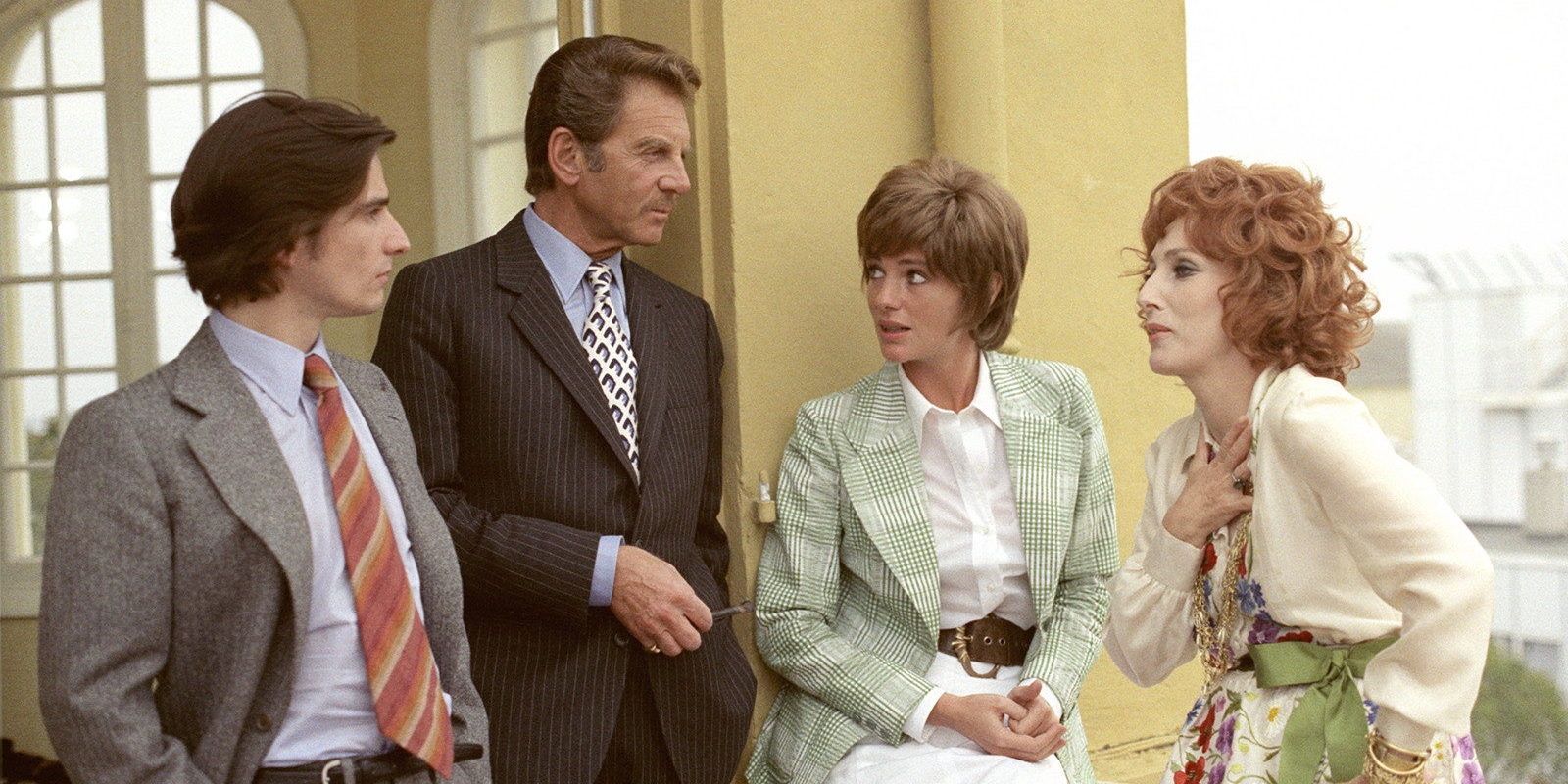While it’s not very common, a number of movies have been nominated for Oscars in multiple years. As a general rule, movies can not be nominated at the Academy Awards one year and then come back another year to try again, even in another category. However, there are exceptions to the rule, mainly if the film’s original nomination was in a category not requiring a U.S. release, and then their subsequent recognition came after its opening in America. This really only happens with movies initially submitted in the Best International Film category.
There are other movies that have received honors in multiple years at the Oscars but not necessarily in the form of nominations. Snow White and the Seven Dwarfs broke Academy Awards rules by receiving a special Honorary Oscar in 1939, presented to Walt Disney with a unique statuette. The animated feature had previously been nominated in 1938 for Best Score. Also, Akira Kurosawa’s Rashomon received an Honorary Oscar for Best Foreign Language Film in 1952 yet was also nominated the following year for Best Art Direction – Set Decoration, Black-and-White. Similarly, René Clément’s Forbidden Games received an Honorary Oscar in 1953 and then was nominated for Best Screenplay in 1955.
9 Sundays And Cybèle (1963 & 1964)
Serge Bourguignon’s 1962 film Sundays and Cybèle is about a young girl who befriends a war veteran. France submitted the picture for the 35th Academy Awards, held in 1963, and it won the Oscar for Best Foreign Language Film. Then it became eligible for other categories and was nominated for Best Adapted Screenplay and Best Adapted Music Score at the 36th Academy Awards in 1954. Sundays and Cybèle somehow qualified for Oscars recognizing films released in 1953 despite opening in New York City in November 1962. According to the Academy’s list of eligible films for the year, the organization actually marked it as a February 1953 release.
8 The Umbrellas of Cherbourg (1965 & 1966)
France submitted Jacques Demy’s The Umbrellas of Cherbourg for the 37th Academy Awards, held in 1965, and while nominated in the category, the colorful, musical romance film lost the Oscar for Best Foreign Language Film to Vittorio De Sica’s Yesterday, Today and Tomorrow from Italy. After being released in the U.S. in December 1964 with a qualifying debut listed by the Academy as March 1965, The Umbrellas of Cherbourg got another chance at gold the following year. It was nominated for Best Original Screenplay, Best Original Song (“I Will Wait For You”), and two separate Best Score awards (“Adaptation” and “Substantially Original”), but it again lost all four bids.
7 Woman In The Dunes (1965 & 1966)
In the same two years that The Umbrellas of Cherbourg competed at the Oscars, Hiroshi Teshigahara’s Woman in the Dunes received nominations in consecutive ceremonies. The 1964 Japanese New Wave drama, about a Tokyo man forced to live with the titular widow, was the country’s submission to the 37th Academy Awards. It lost the Oscar for Best Foreign Language Film in 1965 but returned in 1966 when Teshigahara was nominated in the Best Director category. The Academy’s records have Woman in the Dunes as a February 1965 release, though it initially opened in the U.S. in October of the previous year following an appearance at the New York Film Festival.
6 Marriage Italian Style (1965 & 1966)
This is the rare example of a movie being nominated for Best Foreign Language Film at the Oscars a year after it was recognized in another category. While Vittorio De Sica’s Yesterday, Today and Tomorrow was Italy’s submission for the 1965 Academy Awards, the director also had a showing in the Best Actress category that year with Sophia Loren being honored for her lead actress performance in his 1964 romance picture Marriage Italian Style — she lost to Julie Andrews for Mary Poppins. Marriage Italian Style, which had opened in the U.S. in December 194, was then Italy’s submission to the 1966 Oscars for Best Foreign Language Film, losing again.
5 The Battle Of Algiers (1967 & 1969)
Another Italian submission for Oscar consideration in the Best Foreign Language Film category, Gillo Pontecorvo’s landmark 1966 film The Battle of Algiers was selected for a nomination at the 39th Academy Awards in 1967. After losing to Claude Lelouch’s A Man and a Woman, it opened in the U.S. in the fall of 1967 yet was marked as an April 1968 release by the Academy. That qualified the realistic, genre-changing war movie to receive nominations for Best Original Screenplay and Best Director two years after its initial recognition, at the 41st Academy Awards in 1969. Unfortunately, The Battle of Algiers lost those two attempts as well.
4 My Night At Maud’s (1970 & 1971)
France earned another Oscar nomination for Best Foreign Language Film after submitting Éric Rohmer’s My Night at Maud’s for the 42nd Academy Awards in 1970. The late French New Wave drama, part of the filmmaker’s Six Moral Tales series, lost at the time to Costa-Gavras’s Z, representing Algeria. Rohmer’s movie managed Oscar nominations in multiple years after its release in the U.S. in March 1970. My Night at Maud’s was eligible for the 43rd Academy Awards in 1971, and it was nominated in the Best Original Screenplay category. This time, it lost to the military biopic Patton.
3 The Emigrants (1972 & 1973)
Jan Troell’s The Emigrants is one of nine movies nominated for Best Foreign Language Film or Best International Film as well as Best Picture at the Oscars. However, unlike all the others, this movie was nominated in these categories in separate years of the Academy Awards. Sweden submitted The Emigrants, which follows a Swedish family as they move to Minnesota in the mid-1800s, for consideration at the 44th Academy Awards, held in 1972. It lost Best Foreign Language Film to another De Sica contender, The Garden of the Finzi Continis.
Following that ceremony, The Emigrants was eventually released in the U.S. in September 1972. The Academy then recognized the epic drama at the 45th Oscars in 1973. The movie was nominated for four more awards: Best Picture, Best Director, Best Adapted Screenplay, and Best Actress, which honored Liv Ullman for her performance. Troell and his film again went home empty-handed as The Godfather won the top award and in the screenplay category while Cabaret’s director, Bob Fosse, and star, Liza Minnelli, were triumphant instead in the other two.
2 Day For Night (1974 & 1975)
Five years after losing the award with Stolen Kisses, François Truffaut won the Oscar for Best Foreign Language Film at the 46th Academy Awards with Day for Night in 1974. The movie follows a film production, with Truffaut co-starring as its director. Though it was released in the U.S. in September 1973, Day for Night qualified with the Academy as a 1974 film, and it returned to the Oscars the following year. At the 1975 ceremony, Truffaut was nominated for Best Director, his script with Jean-Louis Richard and Suzanne Schiffman was up for Best Original Screenplay, and Valentina Cortese was in the Best Supporting Actress category. None of them won.
1 Amarcord (1975 & 1976)
Federico Fellini tied with Vittorio De Sica for the director with the most Oscar wins for Best Foreign Language Film when he picked up his fourth such honor at the Academy Awards in 1975. Two of the first three times, however, Fellini was nominated in other categories for the same film the same year. With La Strada, in 1957, it was Best Original Screenplay. In 1964, in addition to its Best Foreign Language Film win, 8½ was nominated for Best Director, Best Original Screenplay, Best Art Direction-Set Decoration, Black-and-White, and Best Costume Design, Black and White, the last of which it also won. Amarcord was a different story.
No other nominations came with Amarcord’s nod and win for Best Foreign Language Film at the 47th Academy Awards in 1975. The following year, however, Fellini received two more nominations for the movie, for Best Director and Best Original Screenplay, the latter shared with Tonino Guerra. While Amarcord debuted in the U.S. in September 1974, it apparently qualified as a 1975 release and wound up yet another movie nominated for Oscars in two separate years. This was the last instance of this happening, as international contenders now set a qualifying theatrical run for further consideration at the same Academy Awards where they’d potentially earn a nomination via their country’s submission.
















